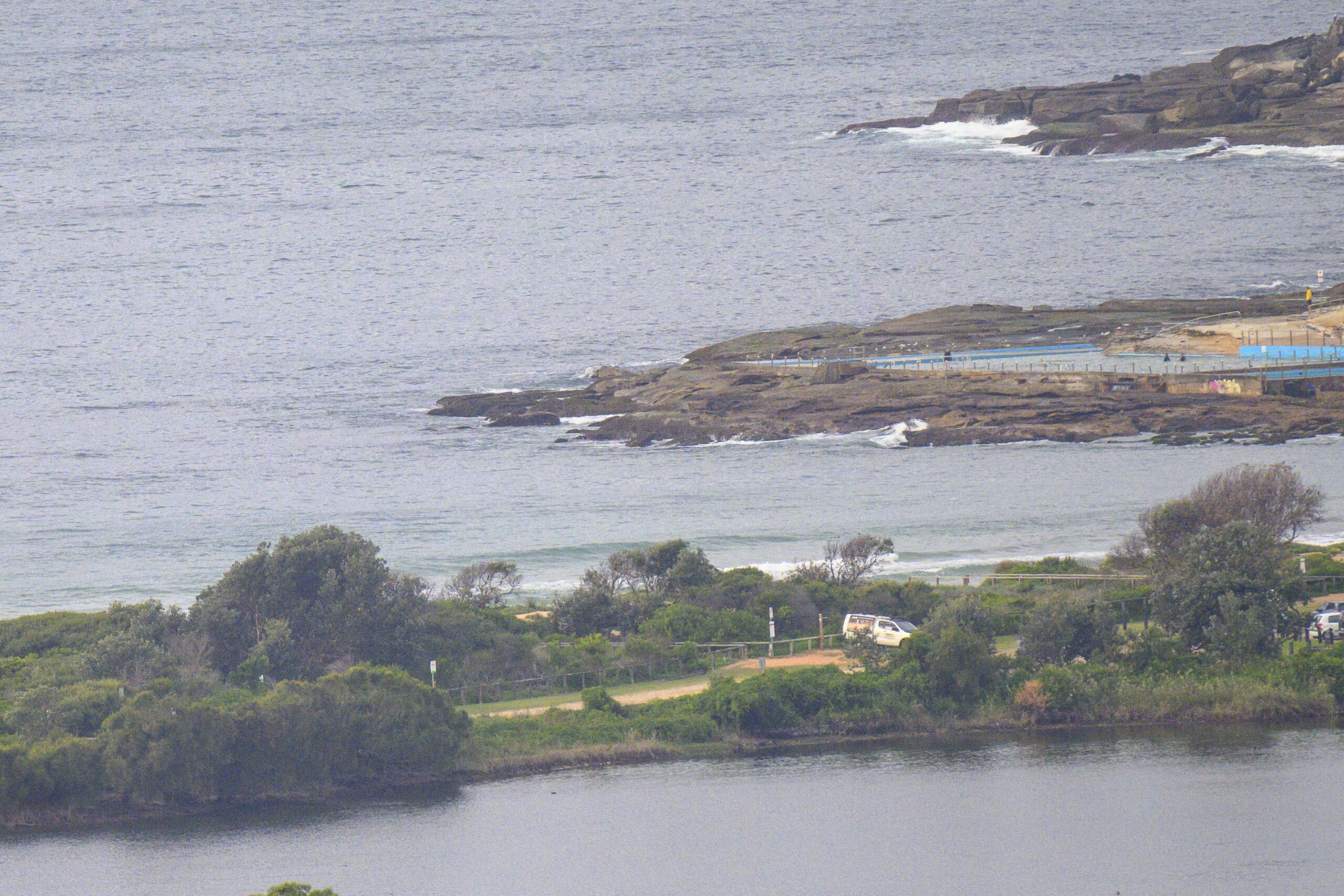So, you’ve been asked to step into the bosses office for a little chat? Likelihood is in this market that you might not have a job in the next 15 minutes (which can often be how short these conversations are). Regardless of the reasons or the validity of your employer’s argument, the result is the same. You’re going on a short holiday and then need to get yourself a new job.
The employment market has inverted over the past six months. Previously employees often called the shots, however now with the rapid increase in unemployment it is employers that have the upper hand. Recruitment agencies have more numbers on their books than they have in the past three years, so how do you stand out?
The first thing to do is to get yourself a decent resume. A resume is a marketing document designed purely to gain someone’s attention and let them know that you’re worth an interview. Once this is achieved it’s down to your personal style and fit with the organisation that may get you the role. If an employer is particularly savvy they may look at fit with behavioural competencies and other assessments of high performing characteristics. But before we get too ahead of ourselves let’s make sure you get through the door first.
Putting together a resume is not as easy as it seems. The following points are ones you can keep in mind to ensure you give people enough information to make you attractive as an employee, without giving them too much information to blow the whole thing:
1.
DO NOT INCLUDE A PHOTO. (capitals probably tell you this is a pet hate of mine). Unless someone specifically asks for one, there is no need. OK… if you can’t resist because you think you’re that good looking and believe most people are superficial who will hire on looks then go ahead. But make sure it’s not that one of you down the pub with a couple of mates, or of you surfing, or in a bikini (doesn’t matter which gender you are). The fact is that it shouldn’t matter what you look like – you’re going for a job, not an audition. It’s all about the value you can add to the business. A photo just adds another possible element that they could use to exclude you. What if you’re better looking than your new boss?
2.
Include some detail about your interests. But not too much detail. Given that you’re going for a job in the surf industry it’s good to tell them that you’re into surfing. But don’t overdo it. Statements like ‘surfing – especially when it’s 10 foot and slabbing bra’ do not help your cause. Neither does telling people you’re into origami unless you’re going for a job with Kikki K. Keep it relatively simple.
3.
Keep the overall structure simple. People often look for the ‘next best thing’ in formatting a CV. Don’t do it. A resume should state who you are (‘Personal Details’ – name, address, interests), the education you achieved (‘Qualifications’ – 1st in spelling at Harbord Primary is probably not relevant) and where you worked in reverse chronological order (‘Career History’). Under this heading you should then provide a brief synopsis of the business – even if you think people should know who the company or brand is. Then split your role accountabilities into “Responsibilities’, the basic accountabilities in your job spec, and ‘Achievements’, what you achieved over and above others who may have had the same job as yours. This outlines the individual value that you can add to an employer and will separate you from average performers.
4.
Do not use Comic Sans as a font. I can’t believe I have to say this, but using a font that makes it look like your kid sister in fourth grade did your CV is a career limiting move. This also goes for Broadway, Magneto and Wingdangs. Try something simple like Arial, Gill Sans or Times New Roman. Remember, it is your experience that should speak for itself.
5.
Include a cover letter. But make sure it is at least partly tailored to the role you are sending it in for. Addressing it to “dear Mike” at Rip Curl when it should be “dear Wendy” at Oakley is not going to go down well. Apart from slandering Wendy’s entire gender by addressing her as a bloke, you also tell her who else you’re talking to. Not a good move. Read the ad you’re responding to and include references to the key areas outlined in the ad and how your experience reflects skill in those areas.
6.
Make contact. This is not a piece of resume advice per se, but relates to it. Never send out a resume without attempting to call the contact named in the ad. If the ad doesn’t name someone then fair enough, but it could be worth a few calls to see if you can identify the key person responsible for the role. A personal connection can always help you stand out. It’s surprising how many people don’t do it.
7.
Demonstrate results. In the achievements section of your CV, make sure you are able to indicate some sort of measurement of the initiatives you were involved in, and your personal involvement in those initiatives. Raw data and numbers speak louder than broad fluffy statements.
8.
Keep it simple. A resume should not be your own personal version of War & Peace. Keep things to around four pages maximum. In the same vein it should be longer than a page – fitting it all on an A4 sheet makes it easy to lose and looks like you’ve got so little experience you should only be going for jobs as the lollypop man at the local kindy.
9.
Friendly but formal. Salutations like “Hey mate” or “g’day fella” should be reserved for when you’ve actually got the job. Your correspondence doesn’t have to be all “Dear Mr Warbick” but should at least maintain a modicum of respect until the employer has invited a less formal method of communication.
10.
Use Spellcheck. Seems obvious I know but you’d be surprised how many people just click send without adhering to the basics. Spellcheck doesn’t get everything though so if you’re in doubt have that mate who won 1st place in spelling at Harbord Primary have a look at it for you. He might be able to pick up a few other grammar issues that you missed. In this climate people can use all sorts of measures to cut down the shortlist. Make sure you’ve got the basics covered.
Once you’ve got all these sorted get out there and apply away! You’ll be in a much better position to get an interview and hopefully secure that cushy industry job.
Nick Chandler is Partner at Luminary Search, Chandler Macleod’s Executive Search business. He has been providing recruitment and consulting services into the surf industry for over ten years.


